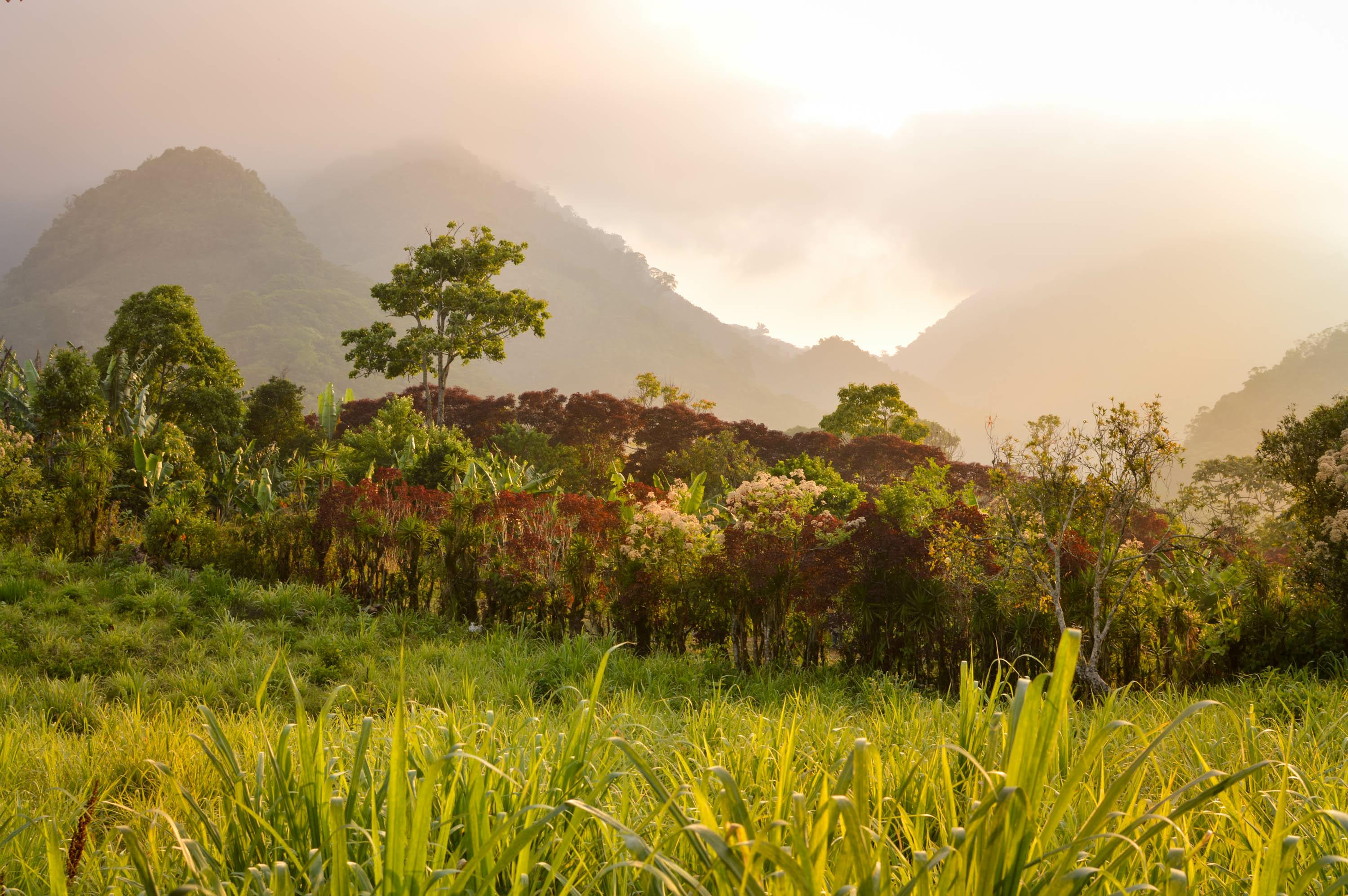
Honduras
Juan Ramón Molina
Magical nature
Juan Ramón Molina is perhaps the greatest Honduran poet, known far beyond the confines of his own country. He was in fact an artist who travelled extensively throughout his life, interweaving his experiences with those of many other foreign poets. However, he always remained very attached to his country, as we can tell from these comments he made in an interview in 1906.
More than a century later, his words are still relevant, although it should be noted that Honduras, although "barely visible on the map", is actually the second largest country in Central America, while remaining one of the least touristy in the area. This is a consequence of a politically turbulent past and development that has never really materialised. However, in the words of Lonely Planet, "the slow development, natural beauty and low-key tourism make Honduras particularly attractive to travellers who are well-equipped with insect repellent and enjoy alternative destinations".
The territory
Many of Honduras's treasures are still well hidden: from its seas and crystalline beaches overlooking the Caribbean Sea, facing the world's second largest coral reef, to its nature parks and the ruins of ancient civilizations. Yet, despite having more than 800 km of coastline, almost 80% of Honduras's land mass is mountainous, although the highest peaks are around 2,500 m above sea level.
This distinctive configuration of the landscape means that the climate, while typically tropical in the north and equatorial in some parts of the south, is generally milder and cooler, which is also favourable to agriculture. Here, it is mainly the north-easterly trade winds, the typical prevailing winds of the tropics, that regulate the course of the seasons. The dry season, which usually runs from November to April, is known as "el verano", while the rainy season, from May to April, is "el invierno".
Treedom in Honduras
Our project in Honduras started in the north-west of the country, near the border with Guatemala, in an area close to the Cuyamel Omoa National Park. Established in 2011, the park covers an area of more than 8,000 hectares and is home to diverse ecosystems (marine, swamp and moorland) and varied fauna including jaguars, manatees, toucans and crocodiles. The project consists of planting mangroves with the aim of strengthening the ecosystem of this stretch of Caribbean coast.
Mangroves are one of the oldest and most important ecosystems in the world and in the area where we work they serve as breeding, rearing and feeding grounds and places of shelter for 75% of the animal species in the area. Not only that, but numerous scientific studies over the years have confirmed the exceptional capacity of mangrove forests to absorb CO² from the atmosphere.
Mangroves and communities
"Communities recognize that the value of the mangrove resides not only in the benefits they obtain from it, but also represents a benchmark around which they have developed their lives, their sense of belonging and their identity." These are the words of Juliette Diaz, coordinator of a mangrove reforestation project carried out in Cuba with the support of the United Nations. They perfectly convey the importance of mangroves not only for the ecosystem, but also for the communities living in the surrounding areas, where they are free to grow and create forests.
Mangroves develop root systems that filter river water, act as nurseries for the young of numerous species of fish and crustaceans, providing many environmental benefits. They also stem floodwaters and protect entire communities, their land and their homes, delivering those social benefits we pursue in all our projects.
13,630
trees planted in Honduras
753
beneficiaries involved in Honduras
